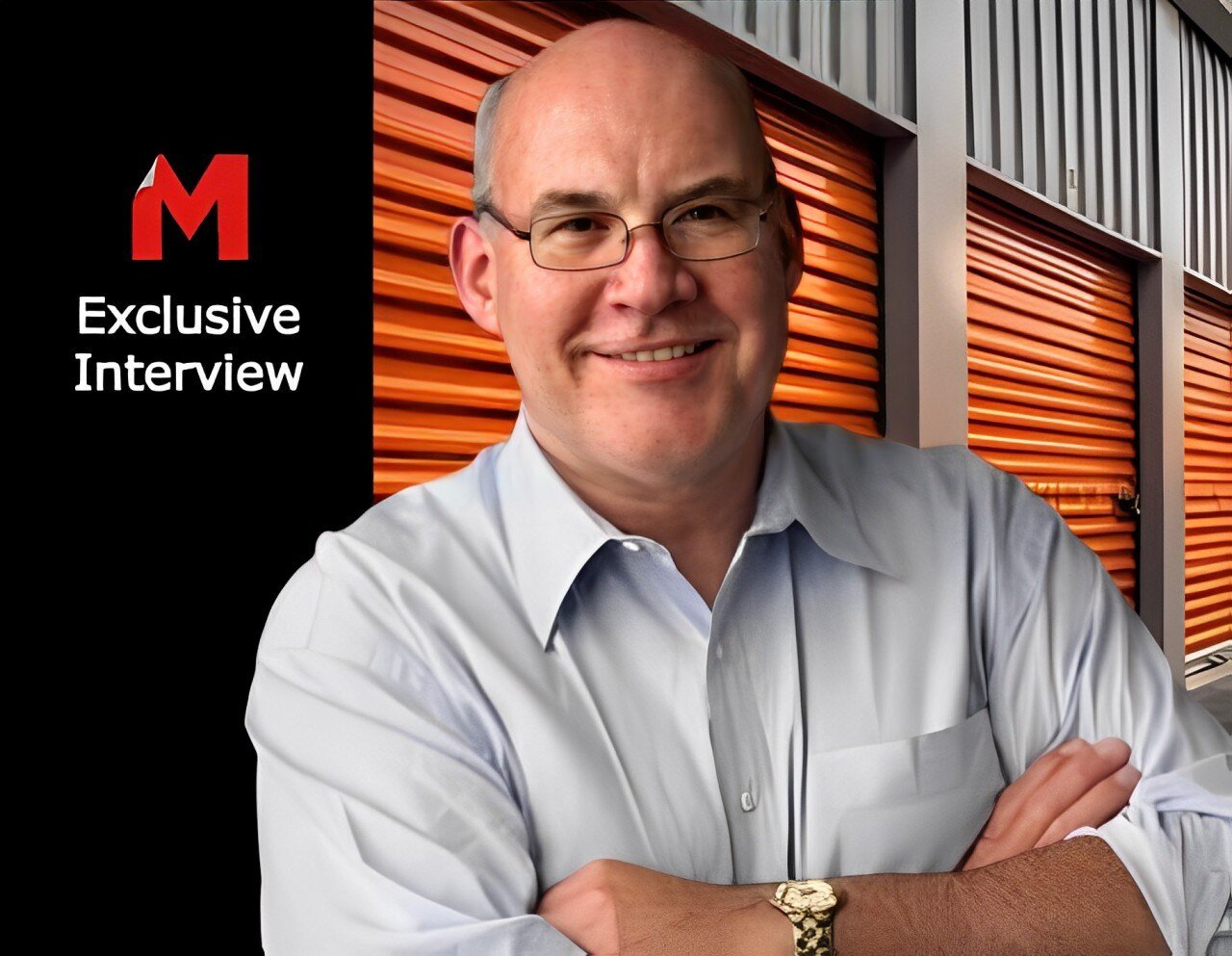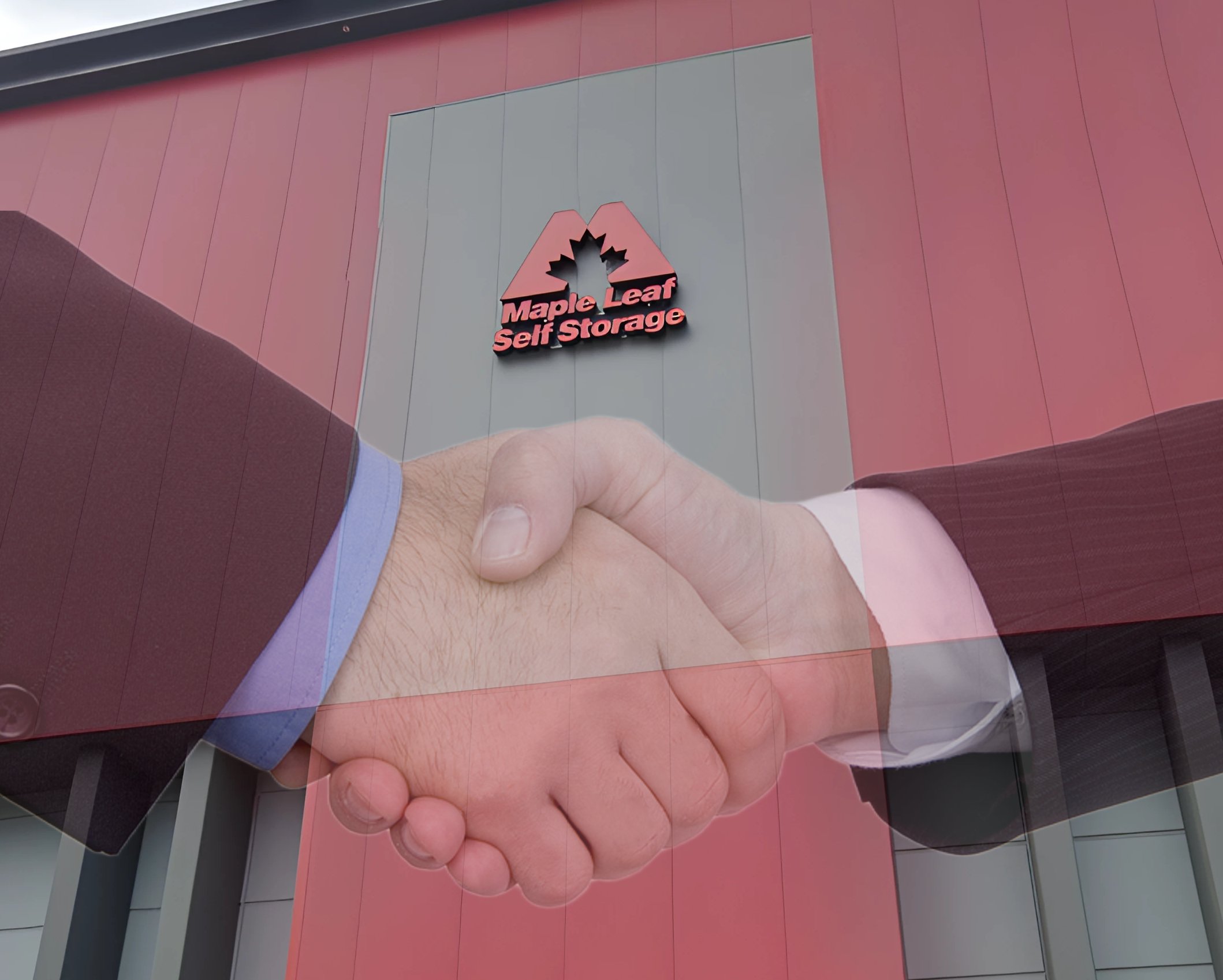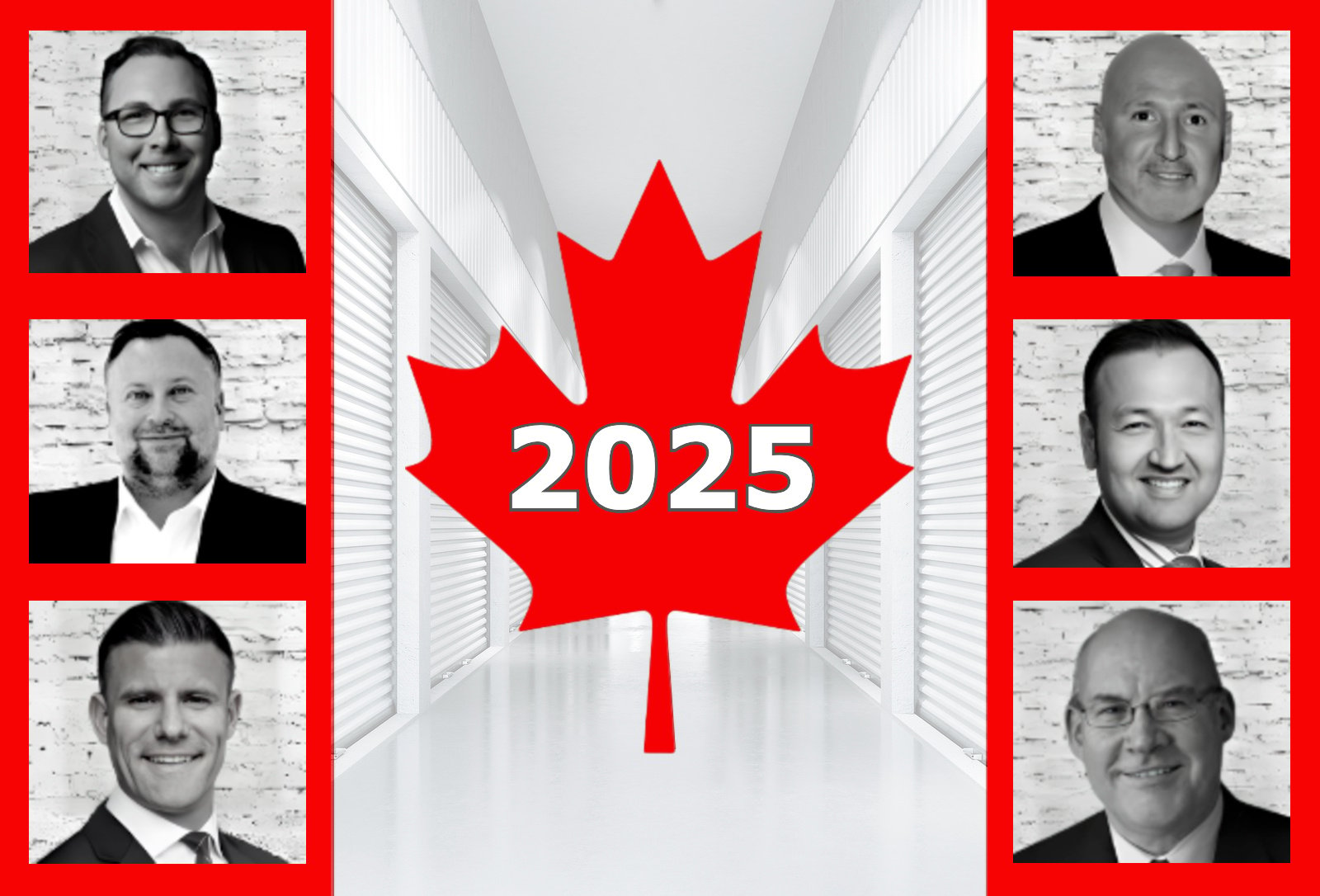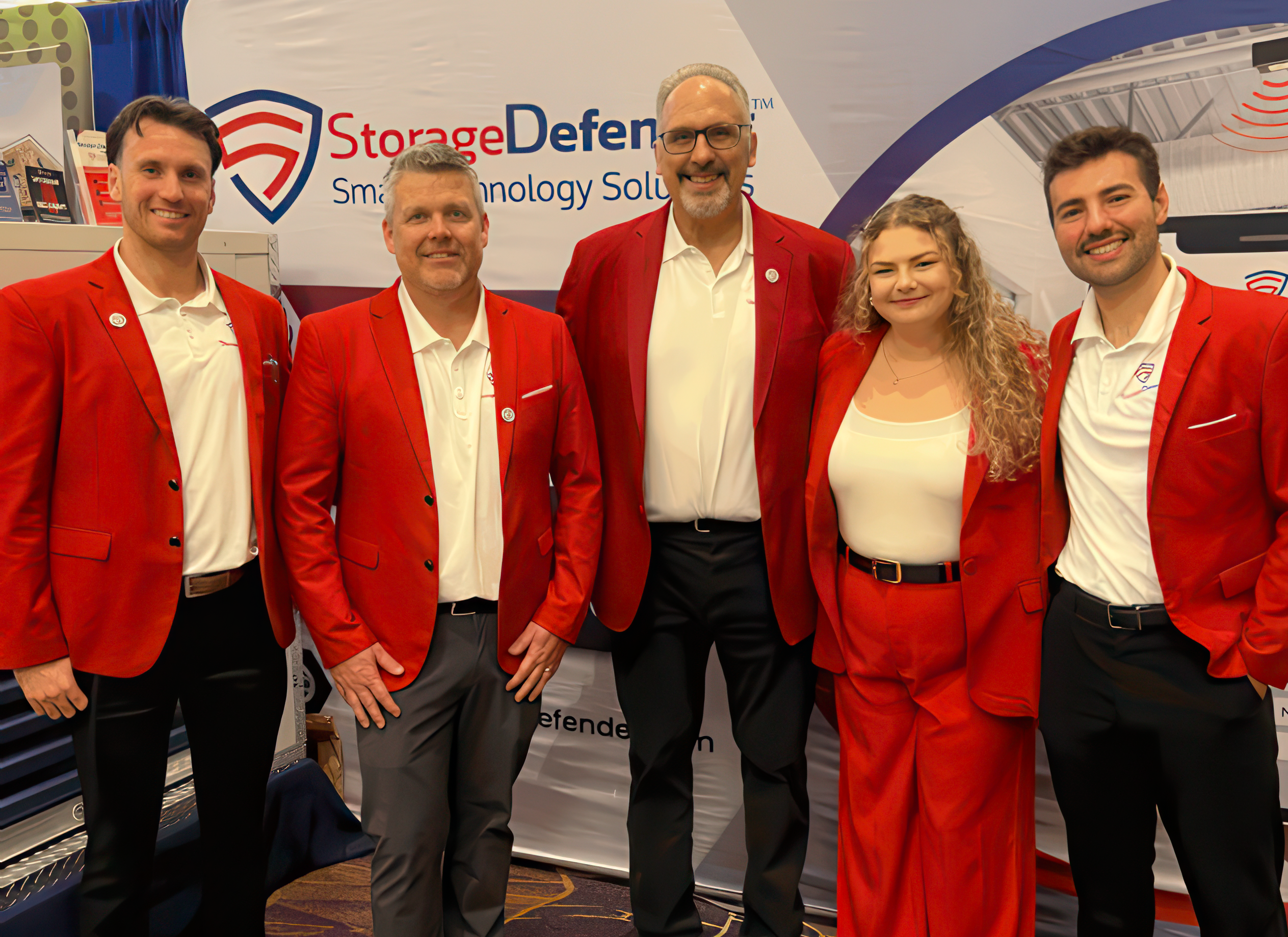The Interest Rate Factor
Where Are Values Headed?
By Dale C. Eisenman, CCIM, and Michael Morrison
After a period of high transaction activity for the past few years, the market has continued to be strong into 2018. Many of our clients and potential clients are faced with attempting to decide if they should hold their property, based on the fact that facilities are performing at a high level, or to sell their property before interest rates rise and new supply saturates the market.
My crystal ball is no more accurate in predicting the future than yours, but I do think we can look at some probable scenarios to create a framework within which to consider where values are headed.
To start, consider the following self-storage property located in a mid-size market with good visibility. Let’s assume it is a 50,000-square-foot facility, 90 percent occupied, and market rents are $10 per square foot per year on average. The revenue and income would look like this:
| Gross Potential Income | $500,000 |
| Vacancy | $50,000 |
| Effective Gross Income | $450,000 |
| Operating Expenses | $157,500 |
| Net Operating Income | $292,500 |
| Seven Percent Cap Rate | $4,178,571 |
As we can see, this property has a value of $4,178,571 at a capitalization rate of seven percent. Now, let’s assume a buyer would finance 75 percent of that value ($3,133,928) at 4.75 percent with an amortization over 25 years. The annual debt service would be $214,404. Subtracted from the net operating income of $292,500, the cash flow (before tax) is $78,096. That represents a cash-on-cash return to the buyer of 7.47 percent (78,096/1,044,642). While 7.47 percent cash-on-cash return may not be adequate for many buyers, we will assume it is the target rate for the purposes of this article.
For the sake of our crystal ball, let’s now assume the very same situation but with an interest rate change from 4.75 percent to six percent. The annual debt service increases to $242,304, and the before tax cash flow falls to $50,195, which represents a 4.8 percent cash-on-cash return.
If the buyer has a 7.47 percent cash-on-cash return target, what must the value of the property be to generate such a return at a six percent interest rate? With the higher interest rate, the buyer will see more cash from the net operating income go to service the debt. Accordingly, the buyer cannot afford to pay a price equal to a seven percent capitalization rate. But how much higher must the cap rate go to achieve the same cash-on-cash return for the buyer?
If we consider the same property valued using a 7.67 cap rate, we find that a buyer will achieve the desired cash-on-cash return with a six percent interest rate. But note, the seller now has seen a decrease in value (sales price) of $364,985. Another way of looking at the situation is that the seller has just lost over $350,000 in value simply with a 1.25 point increase in interest rates. The importance of this is that values may decrease if interest rates increase.
When faced with the prospect of selling now versus selling in the future, an owner may wish to consider if interest rates will increase and, if so, at what rate. He may then wish to consider if he believes rental rate increases will be able to be increased at an adequate pace to offset the impact of increasing interest rates.
Often, owners will indicate they choose to wait to sell their property anticipating an improving market and a higher value. But, as this analysis shows, rental rates and/or occupancy increases must outpace interest rate increases if there is to be a net gain in value.
Ask yourself: If interest rates increase 1.25 percent per year, can rental rates be increased seven percent or more per year to maintain or increase value? The public REITs have indicated they are anticipating occupancy to stay flat or decrease in some markets due to new supply and will not be able to push rental rates as they have been able to in the past.
Another issue that needs to be considered is that the self-storage industry has experienced high levels of new development recently. This additional supply may affect the value of nearby properties. New facilities often offer promotions and discounts to build occupancies, particularly during the rent-up phase. That can bring downward pressure on rental rates and result in lower occupancy for existing facilities. That, in turn, results in lower net operating income, ultimately lowering the value of the property. Also, if newly developed properties underperform, some may come under pressure from lenders to sell. If those “troubled” properties are available to purchase, they will compete with other available properties.
What is the take away from all this? If you believe interest rates will increase over time, values will decline unless income increases keep pace or outpace those interest rate increases. Should we experience a rapid increase in interest rates, it may be improbable that increases in income through gains in occupancy and rental rates will be able to offset the negative impact on value. In short, if interest rates increase significantly, values are likely to decrease. Even if values stay constant in the face of rising interest rates, given the time value of money, an owner may be wiser selling sooner rather than later.
Dale C. Eisenman is president and broker in charge of Midcoast Properties, Inc., and is a licensed real estate broker in Alabama, North Carolina, South Carolina, and Georgia. In addition to being a professional pilot early in his career, Dale has practiced law, owned and operated several small businesses, and has been an active commercial real estate investor for over 20 years. He now specializes in the self-storage industry both as a self-storage investor and as a self-storage broker. As a Certified Commercial Investment Member (CCIM), Dale brings a unique level of real world experience, knowledge, and negotiation skills to each client relationship.
Michael Morrison has been a licensed agent in South Carolina since 2006 and is a member of the Hilton Head Association of REALTORS® and the National Association of Realtors. He is also a broker in Alabama, North Carolina, and Georgia. Prior to joining Midcoast Properties, he worked with Re/Max in both residential and commercial real estate, receiving Rookie of the Year for all of South Carolina Agents in 2010, and was top three in the nation first year sales for 2010. Michael is a native of South Carolina, growing up in Blythewood. He holds a Bachelor’s Degree in Economics from the University of South Carolina. He currently owns two self-storage facilities which enhances his knowledge and understanding of the industry.
More Content
Popular Posts
The self storage industry is in a precarious...
Joe Shoen, CEO of U-Haul, has had enough.
Like its name implies, Surprise, Ariz., a...
Joe Shoen has had enough.
In a record-breaking deal finalized May 12,...
Senate Bill 709 (SB709) has many in the...
Donald Trump has just reclaimed the White...
The question of “abandonment” of stored...
Self-storage operators wear a lot of hats....
In 1992, Clinton strategist James Carville...
Recent Posts
When Neville Kennard left for a work trip to...
Self-storage software is no longer...
The self-storage industry continues to...
Fires in California. Tornadoes in Kansas....
From policy pivots in Ottawa to tariff...
Self-storage operators have struggled to...
Their signature red coats may draw attention...
Nailing down Josh and Melissa Huff for an...



















